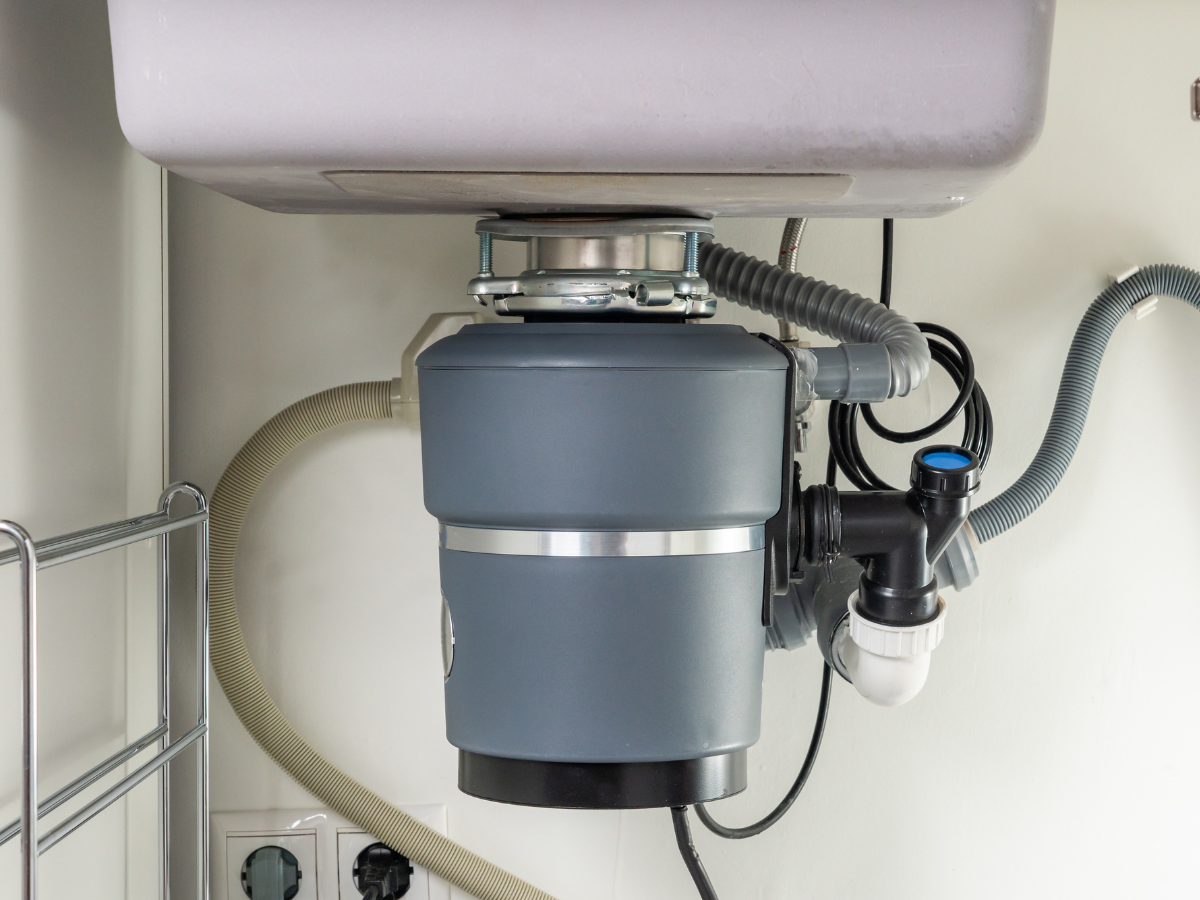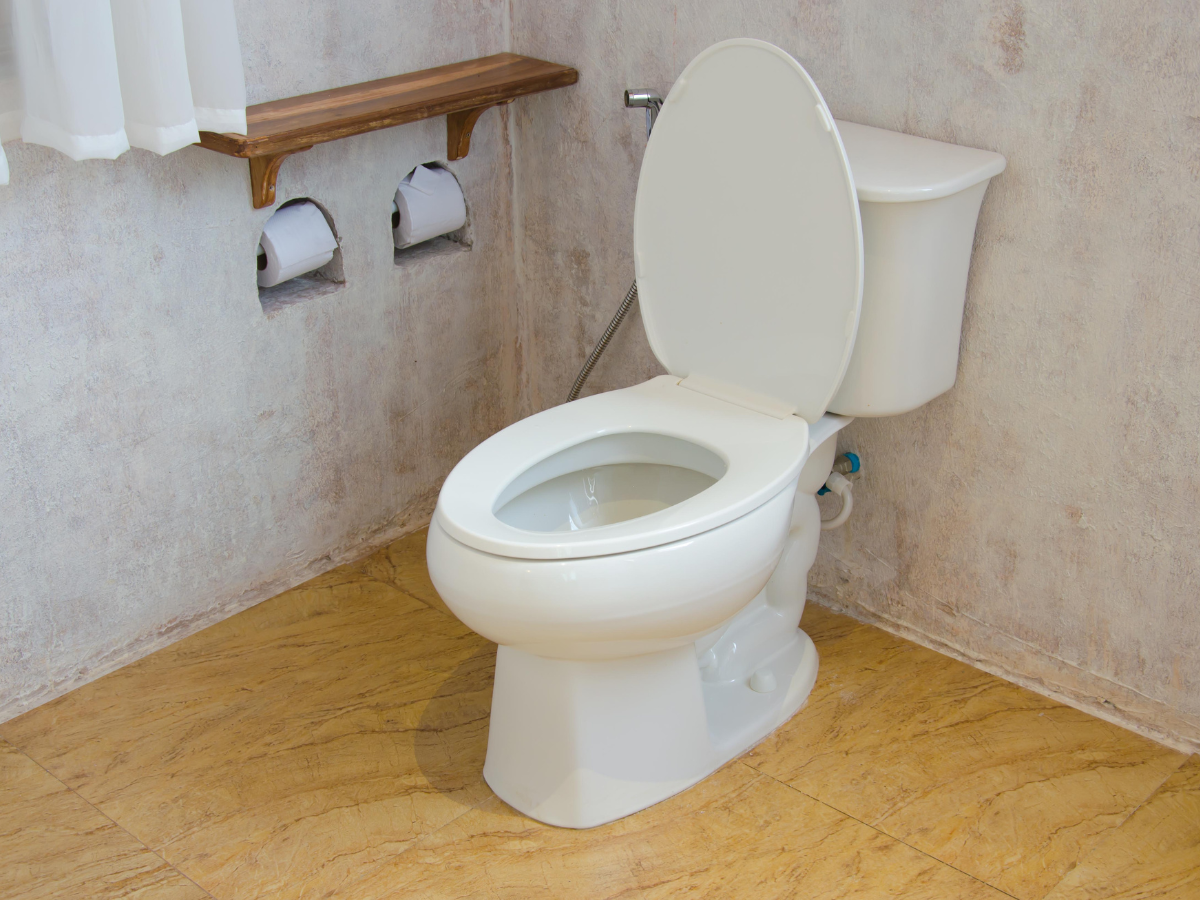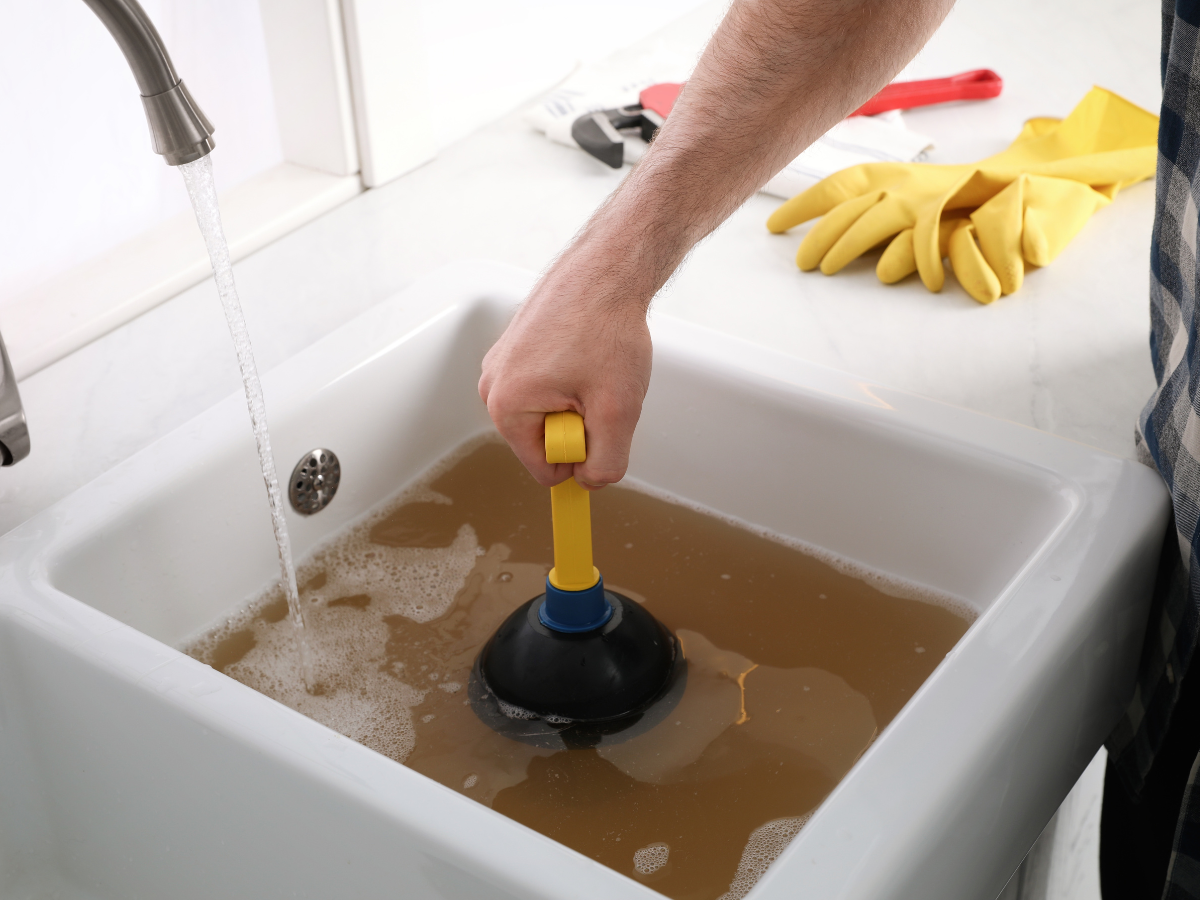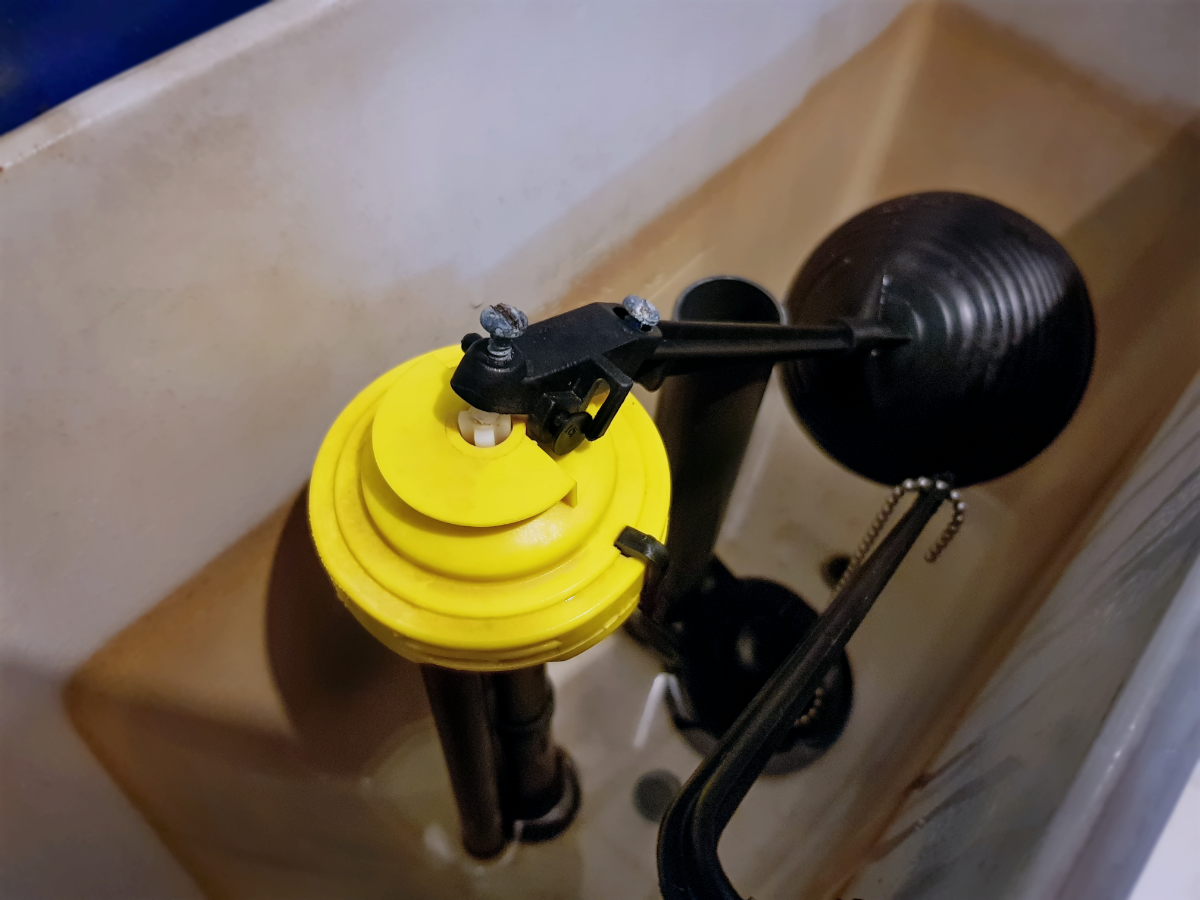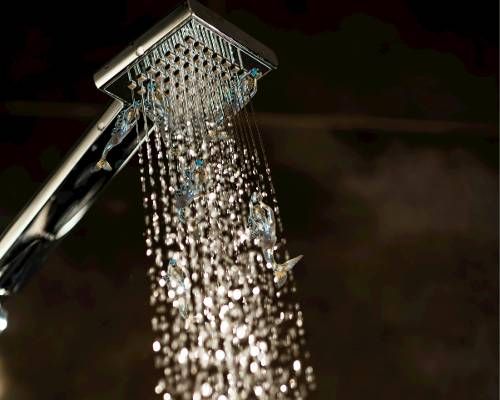How to Stop A Toilet From Overflowing: 5 Easy Steps
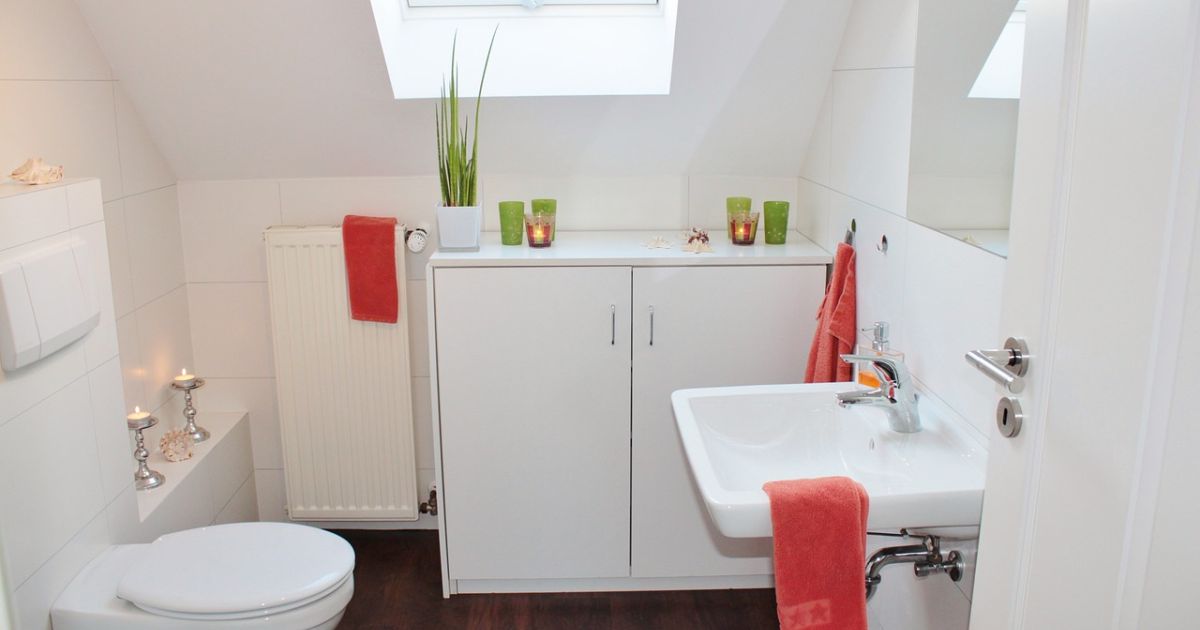
A toilet overflow is never a good thing. A toilet overflow can quickly turn a pleasant day into a stressful one.
But don’t worry! This guide will show you how to stop your toilet from overflowing. Follow our guide, and you’ll be able to control the situation quickly.
Remember, if you feel overwhelmed, our talented technicians from Full Speed Plumbing in Mount Vernon, WA, are only a phone call away. Our technicians are ready to provide professional, reliable plumbing services.
Let’s look at these steps, shall we?
5 Tips and Tricks That You Can Use to Stop Your Toilet From Overflowing
Are you tired of coming home to a soaked bathroom floor? Have you run out of temporary solutions to your plumbing problem?
If you answered “yes” to either of our questions, you should make use of the following list of tips to learn how to stop toilets from overflowing:
Turn Off The Water Supply
The first step in stopping a toilet overflow is to turn off the water supply. There’s a valve typically located on the lower left side of the toilet. Turn it clockwise until the water stops. This prevents further water from entering the bowl.
Use a Plunger
A plunger can be a lifesaver to anyone who wants to learn how to stop a clogged toilet from overflowing. Place the plunger over the toilet’s drain hole and push down gently, then pull up sharply. The suction created can dislodge the clog that’s causing the overflow.
Remember, it’s a process of trial and error!
Try a Toilet Auger
A toilet auger (also known as a snake) might be your next best friend if you want to learn how to stop a toilet from overflowing when clogged. Insert the end of the auger into the drain and turn the handle clockwise. The auger will break up or retrieve the clog, allowing water to drain.
Avoid Over-Flushing
You might think flushing repeatedly will help, but it can worsen the situation. Instead, wait for some time between each flush to allow the water level to go down.
Regular Maintenance
Regular maintenance can prevent toilet overflows before they happen. For example, avoid flushing items like wet wipes, cotton balls, or feminine products, as they can cause clogs. Also, routine professional inspections can detect potential issues early.
Why Do Toilets Overflow? — 5 Potential Causes
Toilets can overflow due to a variety of reasons, often turning a regular day into a plumbing nightmare. However, gaining a better understanding of these causes can help prevent such events from occurring.
Clogged Pipes
The most common cause of toilet overflow is a clog in the pipes. This can occur when unsuitable items, such as wet wipes or tampons, are flushed down the toilet. An example of this would be a family member accidentally dropping a toy into the toilet bowl and flushing it, causing an obstruction in the pipes and resulting in an overflow.
Blocked Vent Pipe
The vent pipe, also known as the plumbing vent, allows air to enter the plumbing system and equalize pressure. When this vent gets blocked – perhaps by a bird’s nest or debris – it can disrupt the flow of water and waste, leading to a toilet overflow. Imagine a straw with one end sealed – you can’t draw liquid up into it. The plumbing vent works similarly.
Faulty Fill Valve
Your toilet’s fill valve controls the amount of water in your toilet tank. A faulty or malfunctioning fill valve can cause the tank to overfill and subsequently overflow. For instance, if the fill valve is set too high, the water level in the tank may exceed the overflow tube’s height, leading to an overflow.
Sewer Line Problems
Issues in the sewer line, such as blockages or tree root infiltration, can also result in toilet overflows. If you’re experiencing frequent overflows and have ruled out other common causes, it might be worth investigating the condition of your sewer line.
Low-Flow Toilets
Although low-flow toilets are designed to conserve water, they are sometimes prone to clogs due to insufficient pressure. Imagine flushing an apple down a regular toilet compared to a low-flow toilet – the latter may struggle due to less water volume and pressure.
What Issues Are Caused By Overflowing Toilets?
Knowing how to stop toilets from overflowing is just half of the battle; homeowners should be aware that there are several risks associated with overflowing toilets, some of which include the following:
- Health Risks: Water overflowing from toilets may contain harmful pathogens and bacteria, like E. coli, that can cause serious illness if improperly handled. E. coli bacteria can cause vomiting and diarrhea if ingested.
- Property Damage: A toilet overflow can cause damage to your home. This is especially true if the overflow does not get addressed immediately. If the water seeps through the floor, for example, it can damage the flooring or even the structure underneath, resulting in costly repairs.
- Electrical Risks: Overflowing water from a toilet can contact electrical outlets or appliances and cause electrocution. If your bathroom has a floor-mounted electrical outlet and your toilet overflows, the water may reach the outlet, creating a potentially dangerous situation.
- Environmental Risks: If wastewater from your home is discharged into the local environment instead of the sewage system, this can pollute the local water sources. This can harm wildlife and spread disease.
How to Stop A Toilet From Overflowing: 5 Easy Steps — Conclusion
In conclusion, dealing with an overflowing toilet doesn’t have to be a nightmare. Armed with knowledge and the right tools, you can swiftly manage such situations.
Remember, turning off the water supply, using a plunger or toilet auger, avoiding over-flushing, and maintaining regular upkeep can go a long way in preventing toilet overflows. It’s crucial to be aware of potential causes like clogged pipes, blocked vent pipes, a faulty fill valve, sewer line problems, and the peculiarities of low-flow toilets.
However, if the issue persists or feels too overwhelming, don’t hesitate to reach out. The experts at Full Speed Plumbing are always ready to provide professional, reliable plumbing services. Contact us today for any toilet-related issues and give yourself the peace of mind you deserve.

